Beef Liver vs. Chicken Liver: Which is Better?
Primal Edge Health participates in the Amazon Services LLC Associates Program and other affiliate programs and therefore, may collect a share of sales or other compensation from the links on this page. This comes at no additional cost to you, and all the prices and availability are accurate at the time of publishing.
Are you looking to incorporate liver into your diet for a nutritional boost? Choosing between beef liver vs. chicken liver is a common problem for many who want to start eating nutrient-dense organ meat. I’ll share a head-to-head comparison between the two to help you decide which option is better for your needs and preferences.
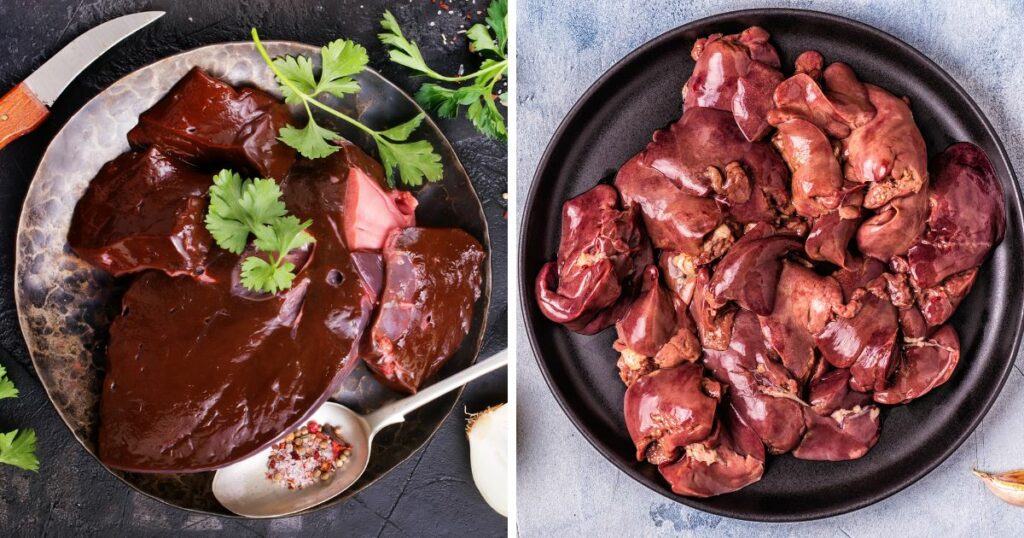
All information included in this blog post is for informational purposes only and should not be construed as medical advice regarding iron deficiency, immune function, or other health problems. I am only speaking from my experience as a low-carb mom interested in the most nutrient-dense foods I can serve my family.
Table of Contents (click to view)
The Benefits of Liver
I only know a handful of people who grew up eating liver with their Jewish mother and are accustomed to it as an adult. The rest of us needed convincing.
The nutritional benefits of liver are compelling enough to give it a try. Once you’re ready to try it, I have many recipes and suggestions that make organ meat taste good. So don’t worry. You can enjoy this natural multivitamin without needing to choke it down.
Liver is known as a superfood because it is naturally high in bioavailable protein, essential nutrients, vitamins and minerals. The USDA’s database indicates notable amounts of heme iron, vitamins A, B12, C and D, folate, phosphorus, potassium, selenium, choline, retinol, and more.
It’s also rich in protein and doesn’t have many calories. Medical News Today suggests a recommended range of 100 to 250 grams of liver intake per week for the following health benefits:
- Immune system support
- Hemoglobin production
- Bone and tooth health
- Healthy metabolism
- Energy production
- Reproductive health
- Brain function support
- Anemia prevention
The Difference Between Beef Liver and Chicken Liver
Choosing between chicken liver vs. beef liver can be a head-scratcher because both have their benefits and drawbacks. They both have noteworthy nutrients and can be served as a snack or appetizer.
The biggest difference is the flavor. However, the exact nutritional profile, cost per pound, texture and appearance also vary.
You might want to know the pros and cons before trying liver for the first time. Or, if you’ve already burst that bubble, you might wonder if one is worth eating more frequently than the other. Let’s take a closer look at these two types of liver.
|
Primary Rating:
5.0
|
Primary Rating:
5.0
|
|
$23.59
|
$14.99
|
|
Pros:
|
Pros:
|
|
Cons:
|
Cons:
|
- More nutrient-dense
- Great for pate
- Easier to hide in ground meat
- Easy to overcook
- Strong "liver" flavor
- Easier to cook
- Cheaper
- More mild flavor
- Not as nutrient-rich
- Less versatility for hidden liver recipes
Taste
One of the biggest differences between beef and chicken liver is their flavor. Similar to how the muscle meat of these different animals tastes different, so do the organs.
Beef liver tastes richer, darker, and more robust than chicken liver. It has a mix of sweet, bitter, and acidic flavors.
Mostly because of the strong iron flavor, beef liver is not for everyone. Beginners and children may have a hard time accepting the flavor.
The good news is that mixing other ingredients in is easy, complementing beef liver’s flavor, and making it delicious. I usually opt for hidden liver recipes like organ meat pie with beef liver because this technique makes the organ meat more accessible to the whole family.
On the other hand, chicken liver tastes creamy with a somewhat sweet, nutty flavor. It has organ meat undertones similar to beef liver but is significantly more subtle. This difference in flavor may be reason enough to choose chicken liver over beef liver.
Avoid chicken livers if you see green liquid on them before cooking. It isn’t common, but it can happen if you are processing the meat yourself or the liver isn’t properly sourced. The green bile is from the gallbladder and can give it a bitter taste when not adequately washed off.
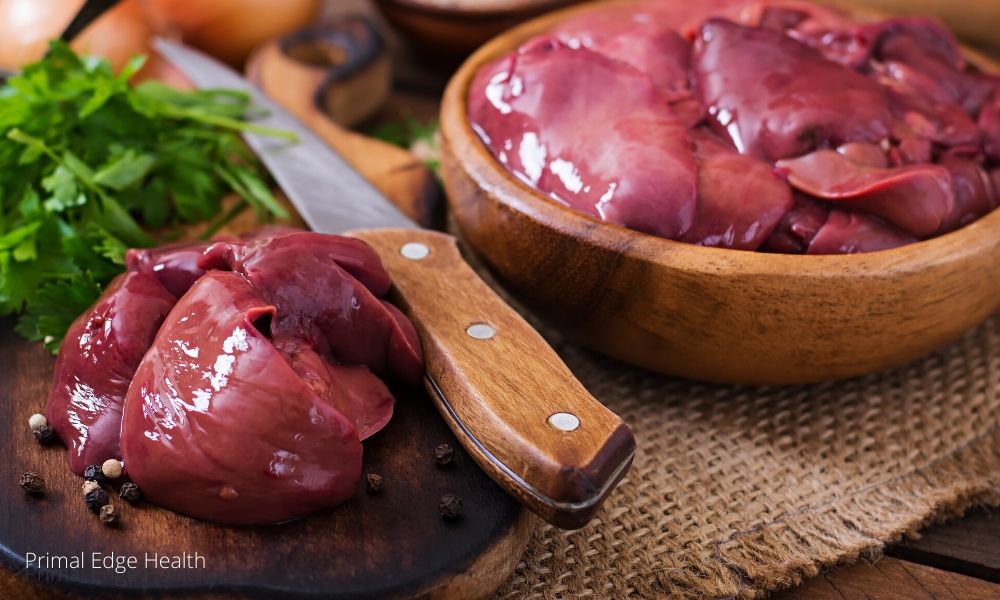
Nutritional Profile
In my experience, people are usually motivated to try liver for the nutritional value. I know that initially inspired me to start eating it shortly after my first daughter was born in 2012.
Beef liver and chicken liver’s nutritional profiles differ somewhat. Look at this table based on 100 g cooked liver from the USDA’s FoodData Central to compare the macronutrients each 100 grams of liver has when cooked.
| Macronutrients | Beef Liver | Chicken Liver |
| Calories | 191 calories | 167 calories |
| Carbohydrates | 5.13 grams | 0.87 grams |
| Total Lipid (Fat) | 5.26 grams | 6.51 grams |
| Protein | 29.1 grams | 24.5 grams |
Both are relatively low in calories and carbs while being high in protein. The total fat content is modestly low across the board.
Cooked beef liver and chicken liver also have different amounts of vitamins and minerals. Check out how they differ in the table below.
| Nutrients | Beef Liver | Chicken Liver |
| Vitamin A | 31,700 International Unit | 13,300 International Unit |
| Vitamin C | 1.9 milligrams | 27.9 milligrams |
| Thiamin | 0.94 milligrams | 0.291 milligrams |
| Riboflavin | 3.42 milligrams | 1.99 milligrams |
| Vitamin E | 0.51 milligrams | 0.82 milligrams |
| Niacin | 17.5 milligrams | 11 milligrams |
| Vitamin B6 | 1.02 milligrams | 0.755 milligrams |
| Calcium | 6 milligrams | 11 milligrams |
| Iron | 6.54 milligrams | 11.6 milligrams |
| Magnesium | 21 milligrams | 25 milligrams |
| Phosphorus | 497 milligrams | 405 milligrams |
| Potassium | 352 milligrams | 263 milligrams |
| Zinc | 5.3 milligrams | 3.98 milligrams |
| Copper | 14.3 milligrams | 0.496 milligrams |
| Manganese | 0.356 milligrams | 0.359 milligrams |
| Selenium | 36.1 micrograms | 82.4 micrograms |
Texture
Yes, chicken liver and beef liver are organ meat, but that doesn’t mean they have the same texture. It turns out beef liver has a tougher and grainier texture. Meanwhile, chicken liver has a creamier and lighter texture.
I ate beef liver exclusively for a long time and clearly remember my ah-ha moment after finally eating chicken liver. I immediately thought this is what we’ve been missing; this is why people rave about chicken liver.
Overcooking either choice will make liver difficult to eat because the meat gets chewy, like rubber, and dry. I find chicken liver much easier to cook, while beef liver needs more attention, precision, and experience.
Soaking the liver beforehand promises a less bitter and more tender result. I’ve soaked it in salty brine and lemon water; others say soaking it in milk is a great way to improve the taste of beef liver.
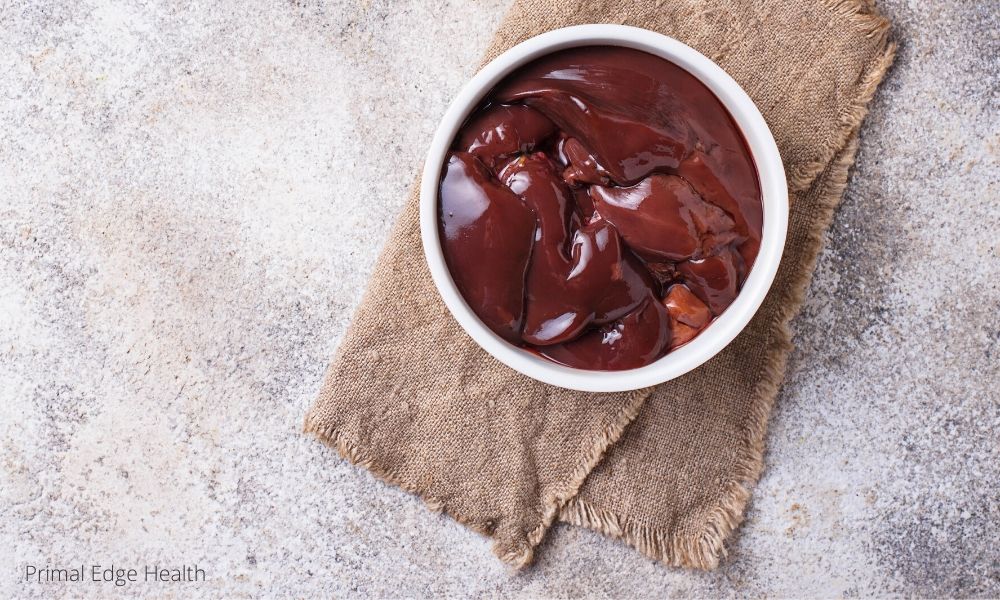
Appearance
It’s easy to tell chicken liver and beef liver apart at the grocery store or butcher just by looking at their appearance. If you place them side-by-side, you’ll notice that the raw beef liver has a deep burgundy hue with a glossy surface. It’s also much larger compared to chicken liver.
On the other hand, the uncooked chicken liver is smaller and has a lighter reddish-brown tone. Its surface is slightly more tender and has a smoother texture on the outside.
The two organ meats also look different when cooked. You’ll see that the beef liver cooks into a darker grey exterior. Meanwhile, the color change of chicken liver is less dramatic when cooked. It develops a slightly golden-brown finish.
How to Pick the Right Liver for You
Chicken and beef livers have their strengths and weaknesses, making it hard to choose between them. Fortunately, you don’t have to enjoy only one.
I favor the strong flavor of beef liver in classic liver pate, hidden beef liver with cabbage noodles, and liver chips. Conversely, chicken livers are my favorite pan-fried with salt and onions. My kids enjoy chicken liver pate with hard-boiled eggs on rye bread.
Eating liver at all might be a big enough step for you right now. If you can’t handle thinking about both, it’s ok. It’s a good idea to think through these tips to decide which is the better choice.
What are Your Nutritional Needs?
As you can see in the USDA’s charts above, beef liver is a nutritional powerhouse and more nutritionally dense per gram. In simple terms, you get more nutrition per 100g of liver, so you can eat less beef liver and get more nutrition than chicken liver. If you are nutrient deficient or in the process of remineralizing, prioritizing beef liver might be best.
Both choices are sources of high-quality protein and essential vitamins. Speak with your trusted medical professional and follow their advice. Dietary changes should never be employed without professional support and guidance.
What Flavor Do You Like Best?
Chicken liver and beef liver have different flavor profiles. Chicken liver has a creamier and milder taste than beef liver. If you’re new to eating organ meat, start with chicken liver.
On the other hand, beef liver has a richer and darker flavor, especially when grass-fed. It tastes a little sweet, bitter, and metallic when cooked. If you’re uncomfortable with eating organ meat, this isn’t the ideal meat for starters. But, once you get the hang of its taste, you’ll surely like it.
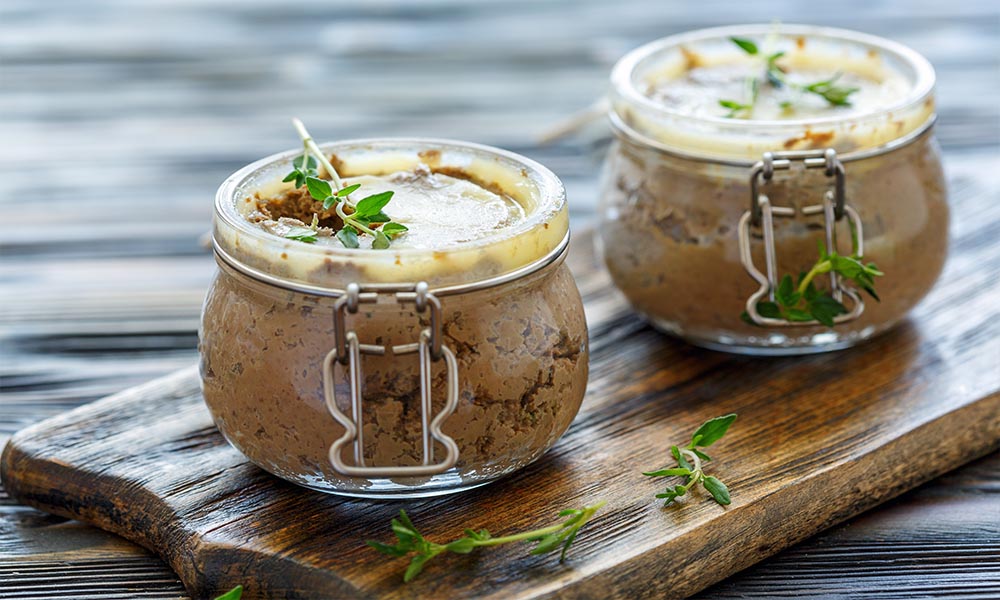
What Texture Do You Prefer?
Texture plays a huge part in a food’s appeal. Chicken liver and beef liver have different textures. Beef liver’s texture is unlike that of other types of meat. Perfectly cooked beef liver has a creamy texture with a nice outer crust and a light chew.
Conversely, chicken liver has a more tender and velvety texture. If you cut through it, it should have a buttery consistency with a fine, uniform grain.
Make this a moot point with liver pate recipes that use a food processor to puree any type of liver into a smooth, buttery paste. Then, you’ll have one less thing to consider while being confident you’re adding healthy foods to your diet.
What’s Best: Beef Liver vs. Chicken Liver
Both beef liver and chicken liver make great sides or appetizers and are versatile for different cooking techniques. However, it is easier to grind beef liver and mix it into ground beef than to grind chicken livers and hide them in other meat.
Beef liver has more nutrition per gram than chicken liver. Therefore, it’s ideal for when you need to add more micronutrients to your diet.
On the other side, if you’re new to eating organ meat and feel squirmy about the experience, start with chicken liver first. The final answer varies depending on your nutritional needs and personal preference.
Conclusion
This beef liver vs. chicken liver comparison blog post shows how these two organ meats are similar and different. While chicken liver is a delicious meat for sides or appetizers, it’s not as flavorful or nutritious as beef liver. Sometimes, the mild flavor is a benefit, while others enjoy the taste of iron-rich foods.
At the end of the day, any liver is a good thing. You can’t go wrong because both are a good source of protein, essential amino acids, and micronutrients.

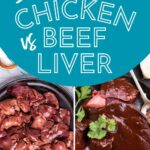


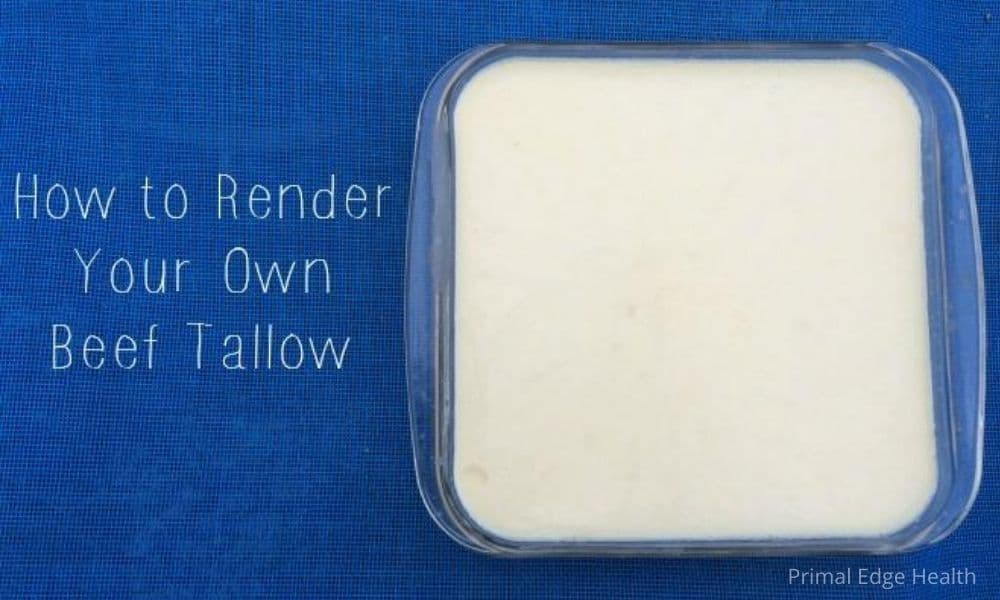
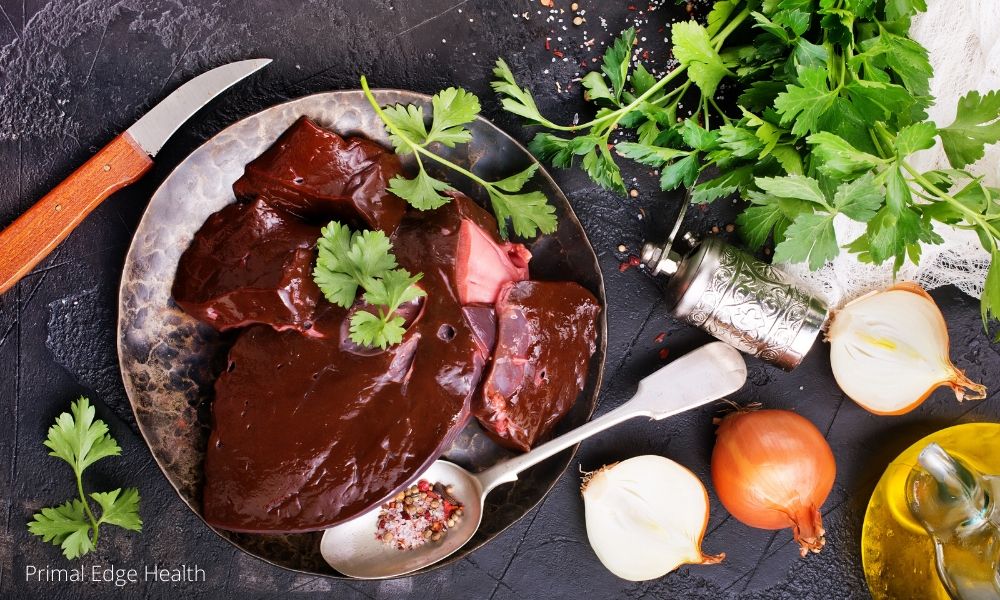
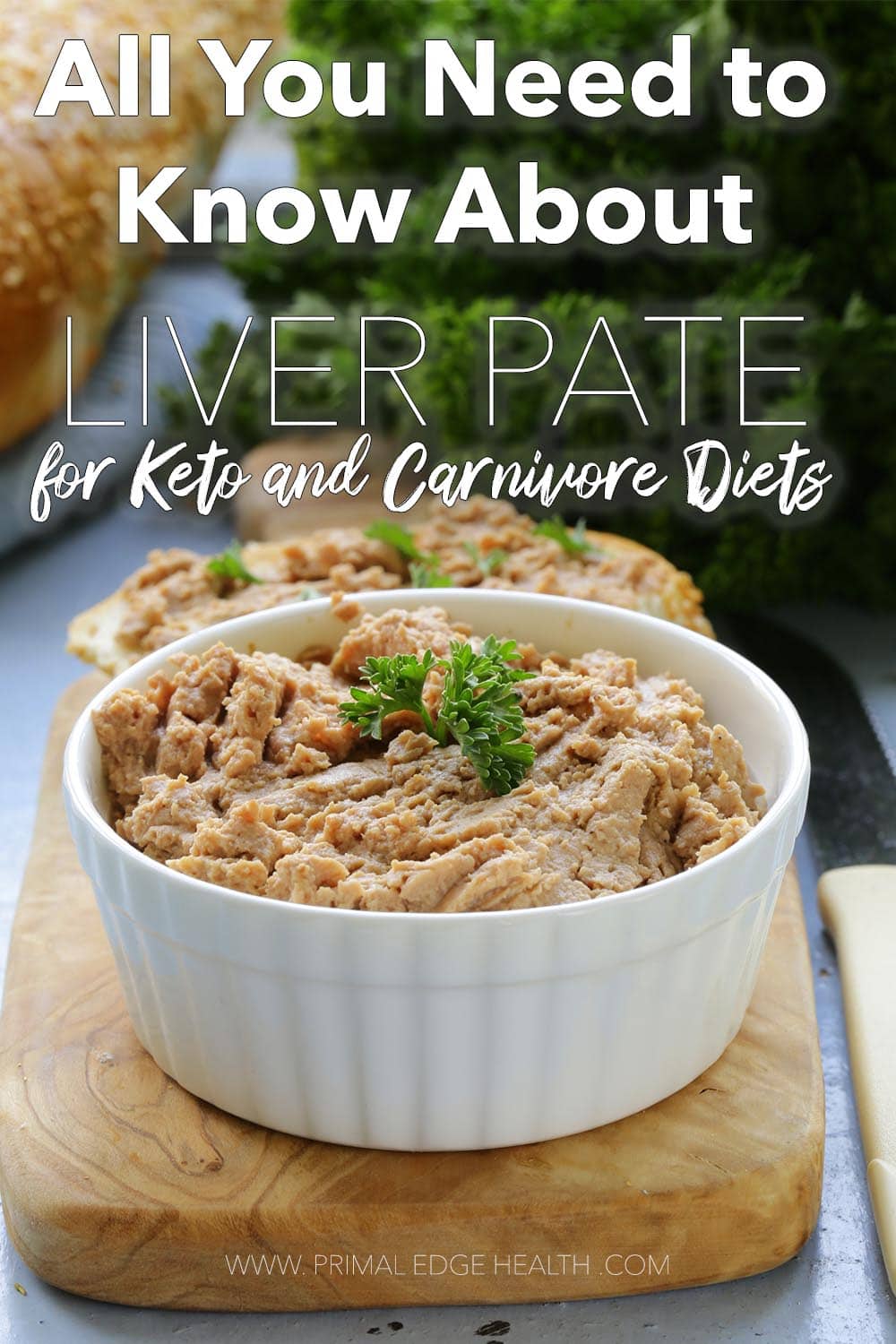
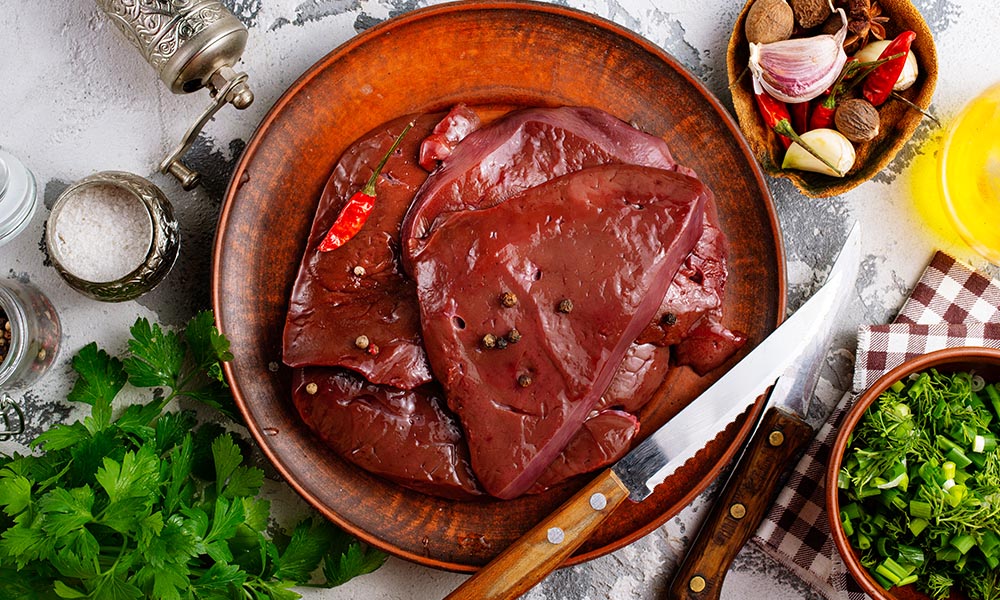
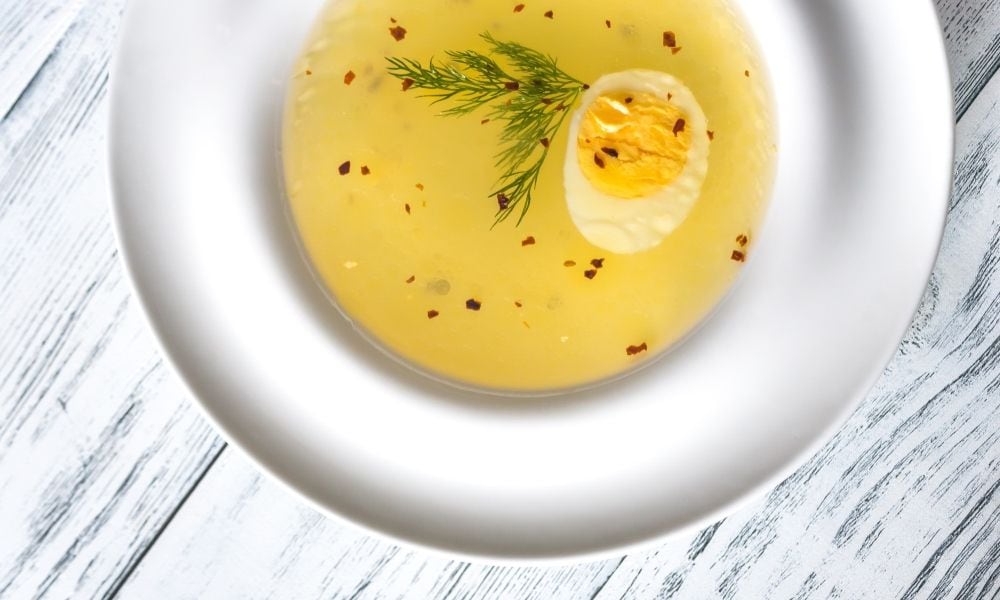

I’ve always enjoyed the taste of chicken liver but often wonder if beef liver would be more nutritious. I love the idea of hiding it in ground meat!
Aside from liver pate, hidden liver is my favorite. It’s very meal-prep friendly! I hope you get to try it soon.